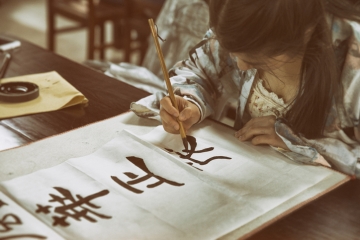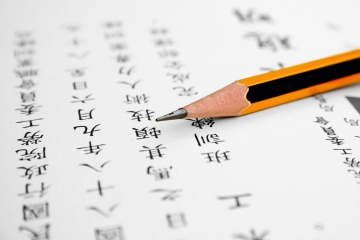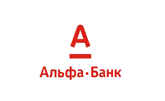
Mastering Chinese sounds means using standard pronunciation, i. e. the official Chinese language Putonghua (普通话).
HISTORY: The adoption and use of Putonghua has a historical background. China is a huge country that has a lot of local dialects. Geographically there are the following dialects:
- Northern (北方方言)
- Cantonese (粤方言)
- Wu (Jiangsu and Zhejiang provinces) (吴方言)
- Xiang (Hunan province)(湘方言)
- Hakka (the south of China)(客家方言)
- Jiangxinese(赣方言)
- Southern Fujian (闽南方言)
- Northern Fujian(闽北方言)
In order to understand each other, Chinese people decided to use one dialect. The northern location of the capital determined the further development of the Chinese language.
It is interesting to know that the language of television and university education might have been called "普通话" on purpose. If we look into the etymology of the hieroglyph, we will see that this term means "common"/ "shared" language. This word was more relevant than «国语» - «national language» which implied superiority over the other dialects of Chinese nationalities. Since China is a multinational country (56 nationalities), the language should unite the people of the revolutionary country rather than separate.
THEORY: The sounds of the Chinese "common language" are recorded with the help of "pinyin" (拼音). A Chinese word is divided into syllables (音节), syllables are divided into phonemes (音素).So the phoneme is a minimal unit of Chinese. The phonemes are classified into vowels (元音) and consonants(辅音). Simple vowels are called monophthongs (单元音), for example "a", "o", "u"; compound vowels are called diphthongs (双元音), for example "ai", "ia", iao". Besides, the pronunciation component of Chinese is quite limited. As a result, the system of tones is used for creating a variety of words.
There are four tones (声调) in Chinese, they describe the voice graphically. Textbooks used to have the tones denoted with numbers that were placed after the whole syllable; nowadays special symbols above vowels are used:
- horizontal – the first tone («ma1» or «mā»)
- rising – the second tone (ma2» или «má»)
- checked – the third tone («ma3» или «mǎ»)
- departing – the fourth tone («ma4» или «mà»)
*the programme for recording the tones on the keyboard and other programmes and materials can be found in the article "Ten Useful Tools for Learning the Chinese Hieroglyphs".
The change of the tone changes the meaning of a word. For example, mā (妈) means "a mother", «má» (麻) – "hemp", «mǎ»(马) – "a horse", «mà»(骂) – "yell, scold". That is why it is vital you pronounce these and other Chinese words carefully and pay a special attention to pronunciation! For example, in some cases you need to know how the tones change (变调) (Tone 3 + Tone 3 → Tone 2 + Tone 3).
The brackets contain hieroglyphs for a reason: even if the words are pronounced with the correct tone, they might not be understood because a word with the same tone can have different meanings. For example, «mǎ» means not only «a horse» but also «a number» (码), and «mà» - both «yell, scold» and «beat»(㑻).
It is possible to get the meaning from context. It is easier to do if you are having a conversation on everyday topics, for example, when you are talking about yourself. When the Chinese pronounce difficult and extremely difficult words that are hard to distinguish by ear, they can write a hieroglyph in the air, on the palm, in a notebook or a phone. That is the reason why TV reports in China are provided with subtitles-hieroglyphs.
PRACTICE: Having dealt with some theoretical aspects, the student faces the problem of practising Chinese sounds. In our opinion, the most effective way is to find a teacher. It can be a native speaker or a speaker of your mother tongue.
No matter which variant you prefer, you should remember that you will have to do the most part. As a rule, the first home tasks on Chinese sounds involve the repetition and reading of sounds and words after the audio. You pause the recording after each sentence and repeat (some recordings contain special pauses). Besides, it is useful to do this in the reverse order: first, you read a sentence, then play the recording for checking. Many teachers also recommend recording your own reading. In this case it is easier to compare your performance with the sample - the reader's voice (because when we speak ourselves we hear our own voice in a slightly different way and do not notice mistakes).
It is necessary to pronounce Chinese sounds loudly and distinctly. During your first year you can pronounce words more slowly, "drawl" them since accurate pronunciation is of primary importance. Fluency is acquired later.






























